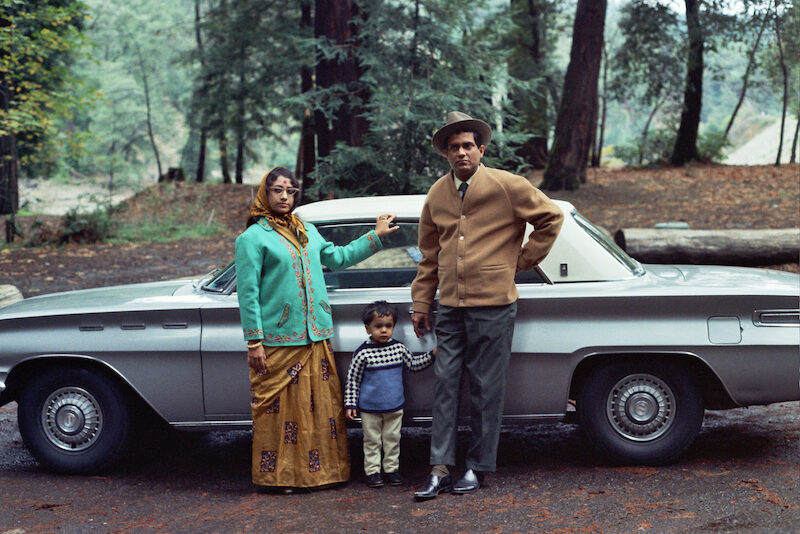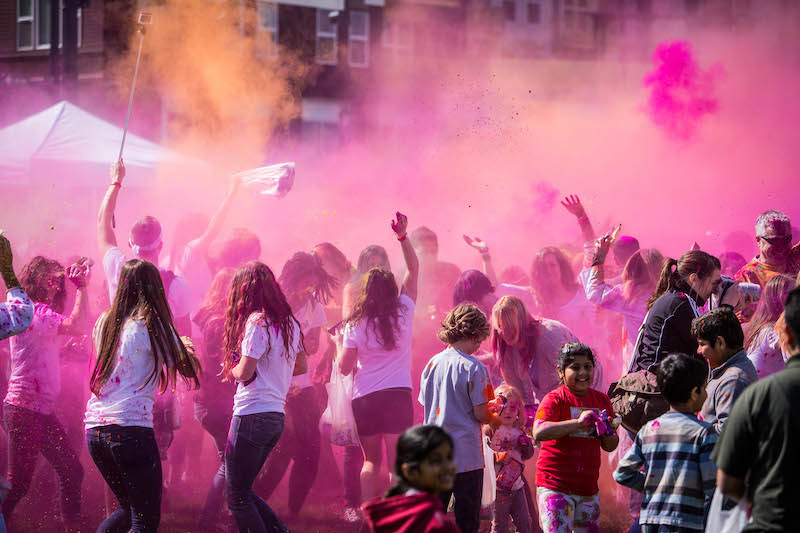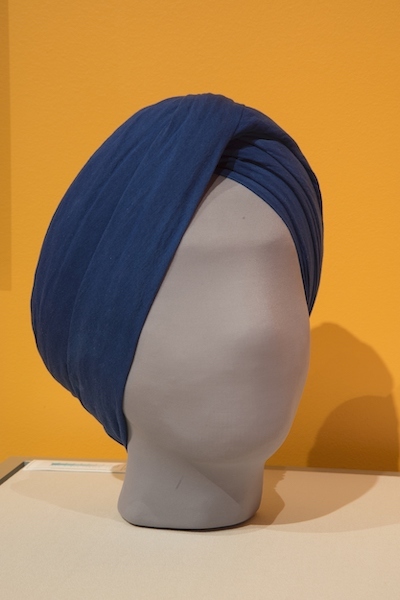Beyond Bollywood: Cultural Insight Within the PNW
Review of Beyond Bollywood: Indian Americans Shape the Nation at MOHAI.
Written by TeenTix Newsroom Writer Maia Demar and edited by Teen Editor Anya Shukla.

MOHAI’s Beyond Bollywood: Indian Americans Shape the Nation is an eye-opening peek at how generations of Indian-Americans have influenced the United States—the Pacific Northwest in particular—throughout history. The exhibit was curated by the Smithsonian Asian Pacific American Center in Washington, DC and brought to Seattle thanks to Dr. Amy Bhatt, co-author of Roots and Reflections: South Asians in the Pacific Northwest. Dr. Bhatt worked on localizing the exhibition and finding artifacts that are unique to the Pacific Northwest.
The exhibition also includes pieces of Indian American history that have generously been lent to MOHAI, including a photograph of the first Hindu wedding documented in Seattle and a box containing code for Microsoft Windows ‘95, written by Indian American Rao Remala. These pieces give even more insight into just how much Indian Americans have impacted the United States.

As I walked into the first room of the exhibition, I was greeted with a soft, low-lighted atmosphere. It was so quietly sophisticated that most visitors didn’t bring their voices above a whisper, which meant that the calm, tripping notes of the sitar music playing overhead was perfectly audible. Even the music—a recording of music played at a concert in Redmond—was local.
The exhibition seamlessly combined vital history and beautiful art. In the first room, for example, there stands a vast timeline of Indian American history in the Pacific Northwest and a display of twelve brightly colored, beautifully detailed saris of various origins. It was clear from the outset that Beyond Bollywood was not only educational but also a feast for the eyes.
Moving through the exhibit, it became obvious that South Asia’s rich culture is thoroughly entwined with that of the United States thanks to the impact Indian Americans have made on our nation. Signs around the exhibit detail these contributions. For example, the practice of yoga, which is very prominent in the Pacific Northwest today, originated in India. It’s also common for American cityscapes to include Indian architecture, especially in places of worship. Even as early as the 1900s, immigrants to America from India built railroads, worked in lumber yards, and worked in fields. (Did you know that Washington’s Whatcom County produces a majority of the United States’ raspberries and blueberries thanks to Sikh farmers?) Even if you are simply passing through the exhibition, you’re sure to learn a lot about the cultural contributions to the Pacific Northwest thanks to Indian Americans.

The exhibition also highlights a prominent yet shameful element of Indian American history in the United States: discrimination. Even though the Pacific Northwest has many liberal bubbles that fight against xenophobia-fueled violence, bias still occurs. I listened to interactive audio stations speak about eye-opening instances of racial discrimination towards Indian Americans in this region. For example, a group of men forcibly excluded Hindu people from the city of Bellingham in 1907. Yet the exhibition also highlights how progress has been made to combat local discrimination: Bellingham went on to elect its first Sikh councilman in 2016. Additionally, the exhibit also features a poster from the Tasveer Film Festival, created after the heightened xenophobia in the aftermath of 9/11 and intended to lend a new light to the over-stereotyping of Indian American culture in the US. In short, while the exhibition goes into detail about negative pieces of Indian American history, it also educates viewers about the positive progress being made against racism in our local community.
Through the exhibit’s use of meaningful artifacts, interactive activities, and specific excerpts about how Indian American culture has developed in the Pacific Northwest, Beyond Bollywood: Indian Americans Shape the Nation is a beautiful, illuminating exhibition.
Beyond Bollywood: Indian Americans Shape the Nation is on display at MOHAI November 2, 2019 - January 26, 2020. See here for event information.
Lead photo caption: Decorated Indian tabla player Pandit Shankar Ghosh and noted Indian classical vocalist Shrimati Sanjukta Ghosh with Vikram (Boomba) Ghosh at Samuel P. Taylor State Park, Lagunita, California, ca. 1970. Photo courtesy of Ali Akbar Khan Foundation.
The TeenTix Newsroom is a group of teen writers led by the Teen Editorial Staff. For each review, Newsroom writers work individually with a teen editor to polish their writing for publication. The Teen Editorial Staff is made up of 6 teens who curate the review portion of the TeenTix blog. More information about the Teen Editorial Staff can be found HERE.
The TeenTix Press Corps promotes critical thinking, communication, and information literacy through criticism and journalism practice for teens. For more information about the Press Corps program see HERE.


